Nationalism

Solemn Inauguration of the Statue of Liberty
Toned down and transformed from her revolutionary past, the Statue stands for liberty, even without a pike and a Phrygian cap.

The Marseillaise
A similar emphasis on patriotic unity can be seen in Jean Renoir’s film, La Marseillaise (1938). The movie tells the story of France’s national anthem, composed by Rouget de Lisle as a way to rally the troops. The song, written for soldiers from Marseillaise, soon inspired the entire nation.

Arrival of the Royal Family in Paris on 6 October 1789
When the revolutionaries, led by thousands of women, marched to Versailles, they triumphantly seized and then brought the king to Paris, where he would live in the midst of his people.
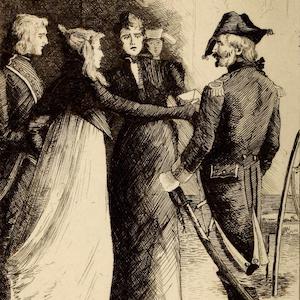
Balzac’s The Chouans
Novelist Honoré de Balzac (1799–1850) was a giant of nineteenth–century European literature. In his multivolume The Human Comedy, he investigated the general desire for social advancement in the post–revolutionary world.
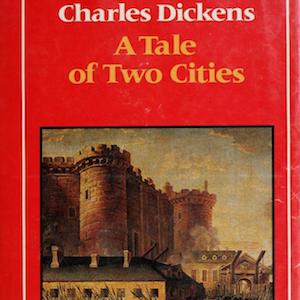
Dickens, Tale of Two Cities
Charles Dickens’s (1812–70) novels generally appeared in serial form in popular newspapers.
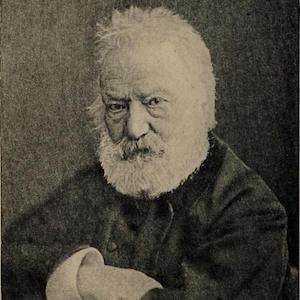
Hugo, Ninety–Three
Victor Hugo (1802–85) was an ardent republican and defender of the revolutionary legacy who went into exile during the Second Empire (1852–70). He lived long enough to become an icon of the Third Republic.
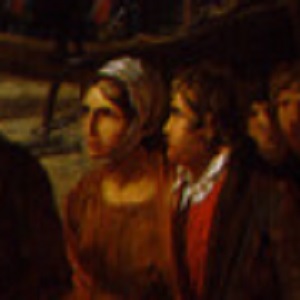
The Fatherland in Danger
This painting of the period by Gillaume Guillon Lethière shows the emotion caused by the prospect of loved ones departing for the army. Women had to part with their families in order to support the nation in its time of need. Notice the female statue overlooking the scene.
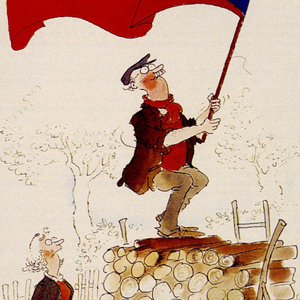
"...Climb Down and Get to Work!"
In Spring 1990, Czechoslovak artist and cartoonist Vladimir Rencin sends this message that is was time to stop the flag-waving euphoria surrounding the revolution's victory and to get to the hard work of rebuilding the country.

The Fountain of Regeneration
In this engraving of the Festival of Reunion or Unity of 10 August 1793, a female statue of Nature in the form of the Egyptian goddess Isis represents the regeneration of the French people. It sits on the site of the Bastille prison, whose fall signaled the beginning of the Revolution.

The Republic
Under the monarchy, the king was the country’s symbolic center. Removing him and establishing a republic made necessary not only a new constitution but also a new set of symbols.